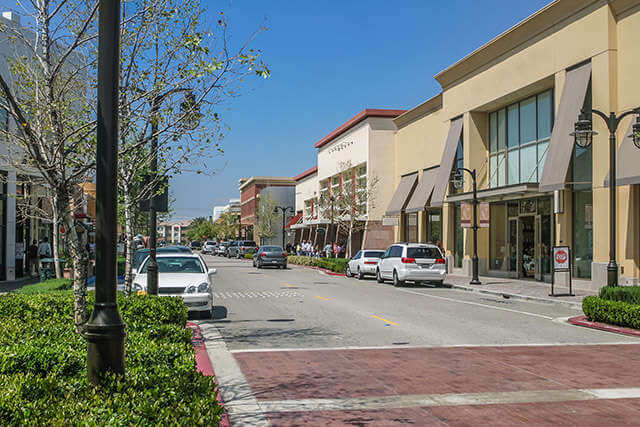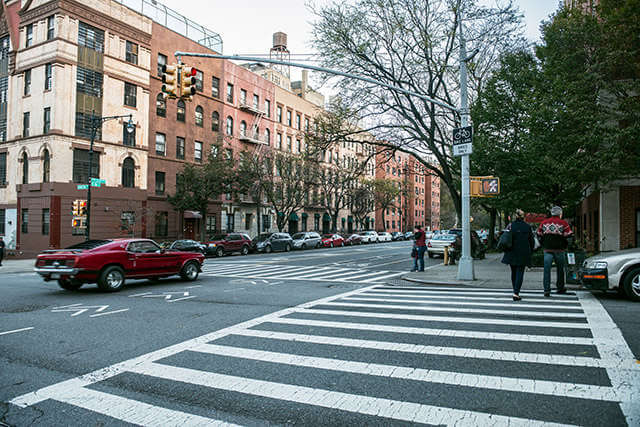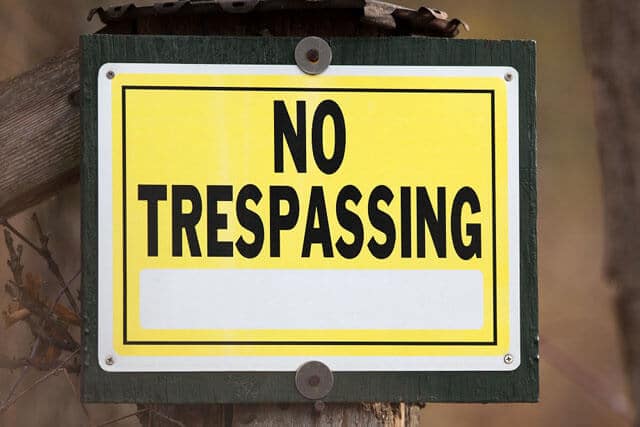Retail Modeling – Encroachment avoidance in a franchise system
By Michael Seid, Managing Director, MSA Worldwide
Expansion vs. Protection
There are few issues more contentious in franchising today than the conflict between a franchisor’s macro desire – the establishment of sufficient number of locations required to achieve a competitive market penetration – and a franchisee’s micro desire, the protection of the territory around their location.
The debate in franchising has primarily been framed by the legal profession, state regulators, and conflicting court decisions. Has the franchisor breached a franchisee’s contractual rights or is there some higher standard, outside of the contract, to which a franchisee should be entitled?
Disadvantages of the Radius Approach when Defining Franchise Territories
For many older franchise systems and even many newer “packaged” franchised programs, when territorial rights were provided to the franchisees, they were often defined as a radius around individual locations. The reason radius often was used was because it gave franchisees the territorial protection required for them to purchase the franchise, was easy for the franchise attorney to define in the franchise agreements, and setting an arbitrary radius took little effort on the part of franchisor. Rarely, though, did a radius provide a proper market development position for either the franchisor or franchisee. Consumers simply do not shop within an arbitrary circle. Neighborhoods, roads, bridges, natural barriers, driving patterns, brand identification, marketing methods, and competition are just a few of the variables that affect traffic to any location. Systems that developed using a radius approach often find their ability to maximize market share truncated by conflicting obligations.
Other systems which granted territorial protection used customer-based measurements such as population, businesses, or other market measurements that seemed adequate at the time they were developed. Franchisors then granted territories of sufficient size to provide an adequate quantity of the projected customer base. However, as time passed and the dynamic in the market changed often, so did the underlying validity of the measurements used. Modifications of these measurements were difficult to implement with existing franchisees. Other franchisors simply did not provide for any market exclusivity at all.
Impact of Alternative Distribution Strategies
The issue of encroachment, whether in a legal or business impact sense, is further complicated because of the alternative distribution strategies and dual branding opportunities many companies are pursuing today. What impact, if any, on same-store sales will an alternative site have? Does the increased brand awareness achieved through alternative sites provide other benefits to the impacted location?
Many franchisors we discuss this issue with have similar concerns:
- Can a franchisor truly measure the potential effect on same-store sales in “impacted” locations?
- How does a franchisor balance the competitive benefits for the overall system, against potential impact on the individual location?
- How do they develop an adequate number of locations to meet competition, when the only constraint on the non-franchised competitor is available capital and real estate?
- Is it better to allow a competitor to take a high-volume location rather than face the potential claim of encroachment?
- Should new, high-volume franchise locations be sacrificed in order to protect marginally performing stores?
These are some of the business issues often lost in the legal debate.
Franchisors are using Retail Modeling Techniques
To evaluate the potential impact of new locations on existing locations, franchisors today are using increasingly sophisticated retail modeling techniques, including Gravity Modeling and Geo/Gap Mapping. Some are devising methods to compensate impacted franchisees through reverse royalties; some are including franchisees as operators or suppliers to the additional points of sales; some are eliminating protected territories altogether; and a few are involving franchisee advisory committees in mediation and evaluation when franchisees have concerns.
According to Gary Wingo, Managing Director at KPMG Peat Marwick’s Washington DC-based Resource Planning Consultants, “Site selection methods differ depending on store format and the dominance of the concept in their category. Large stores, such as Home Depot or Wal-Mart, are typically dominant in their market, and, as ‘category killers,’ have few competitors. For these retailers, evaluating new sites in terms of where they physically are located doesn’t require detailed data on competition. Models for large stores simply evaluate a new site by comparing it to existing ones. Modelers use market and store-related data to describe the existing store base and compare the proposed new store’s characteristics and its surrounding market with those within the base.”
Big box retailers are primarily destinations to consumers, and therefore can consider the overall characteristics of a market. Smaller stores, which typically are in industries with lower entrance barriers and therefore have greater competition, must give serious consideration to their physical placement within the market. Geographic analysis is an important tool within the strategic planning departments of most smaller retailers and food service concepts.
“Comparing stores and markets is simply not good enough,” according to Wingo. “Retail market models for small format stores must also consider store placement and, if possible, road networks providing access to the location.”
Geographic Analysis
Geographic analysis most often takes the form of market and consumer modeling. Gravity Models consider that sales depend on customer shopping behavior. Sales are often driven by the relative attractiveness of a new store and the distance between stores and their customers. The farther customers are from a store, the lower the probability they will shop at that store, offset by the attractiveness of each store. “A Gravity Model is a model of a marketplace as opposed to single site. The approach deals with cannibalization effects, requiring sophisticated spatial and statistical analysis,” said Wingo.
Gap Mapping
Gap Maps allow the franchisor to optimize the potential of each market by placing stores or alternative outlets strategically within the market. Using the characteristics of the franchise concept, competitive factors, and the demographics of consumers, these maps provide a visual image of supply and demand, allowing the new selling point to be located in the area of highest demand.
A valuable byproduct of Gap Mapping is that new areas of opportunity are often identified. This process also allows franchisors, before developing a new location, to understand the overall impact it will have on the market – and to understand the potential effects each new unit may have on established locations.
Sophisticated retail modeling enables franchisors to plan the development of markets with greater clarity. By understanding the potential effect on existing locations, modern-day modeling allows franchisors to address the possible impact before a new site is secured. Not only can a system improve its brand performance by maximizing market share, it can do so in a way that potentially avoids the issue of encroachment.
Do you have questions about franchising your business?
MSA Worldwide provides expert guidance on building a successful and sustainable franchise business. Contact us today for a complimentary consultation.







